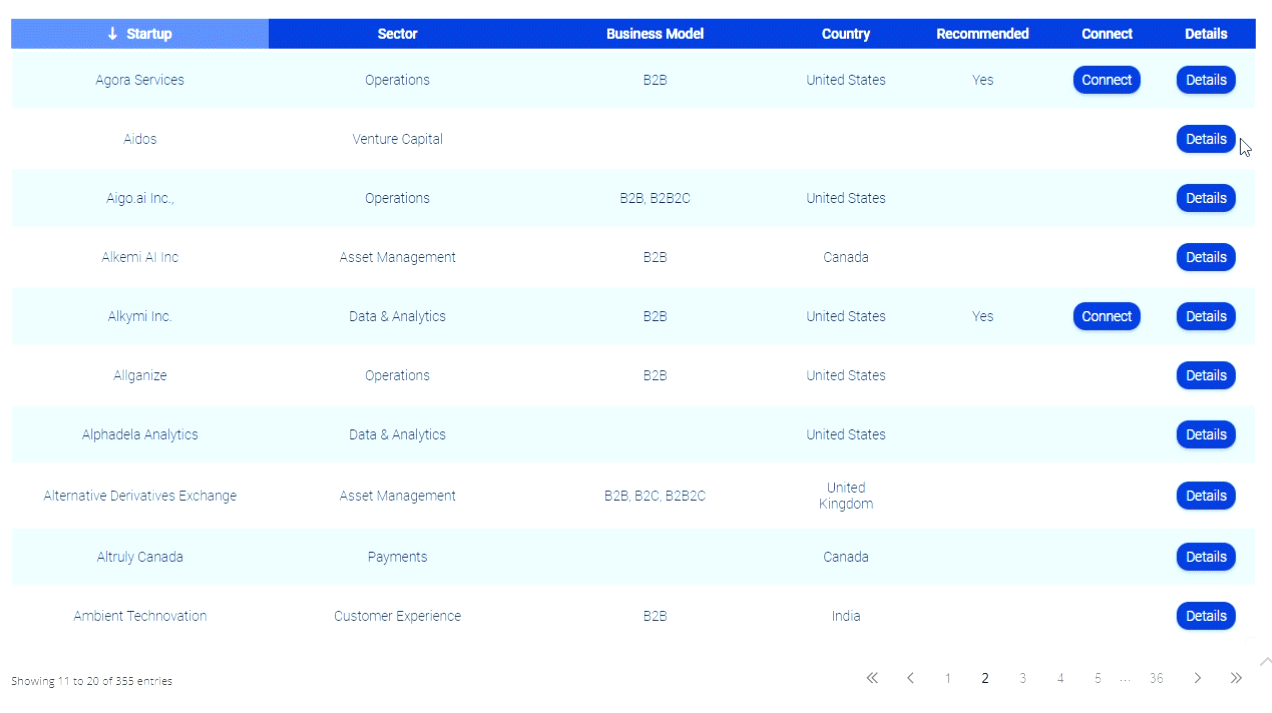TD Ameritrade launches in-car investment ‘experiences’ using voice, AI
With average commutes in the U.S. lasting around 27 minutes and with millions commuting for at least an hour per day, TD Ameritrade wants to seize the opportunity to reach a captive market.
On Monday, the company rolled out a series of digital tools to help customers manage their portfolios while driving, but the Omaha-based brokerage firm stopped short of in-vehicle trading. TD Ameritrade is adding capabilities to put mobile device interfaces on dashboard screens, along with voice-activated commands that help customers learn more about their portfolios.
“By integrating access to financial markets and financial education across the various modalities and leveraging technologies like AI and machine learning, voice and audio, our customers can engage in a way that makes this experience more intuitive and more natural,” said Sunayna Tuteja, head of digital assets at TD Ameritrade.
As commutes get longer, brands are capitalizing on the habits of those customers that want to multitask. The market opportunity for in-car connected commerce, according to a recent PYMNTS Digital Drive report, is worth $230 billion.
Despite its potential, TD Ameritrade is taking a cautious approach in not rolling out in-vehicle trading at the outset. Instead, it wants to launch the educational and informational components as tests to see how customers react, emblematic of an agile “minimally viable product” approach that’s common among startups.
Tuteja told Bank Innovation that, while in-vehicle trading is on TD Ameritrade’s roadmap, the company wants to use product rollout to study user behavior and adapt its approach accordingly. “The in-vehicle experience is a nascent one,” she said. “We want to make sure we’re starting with use cases that that put safety and security first. We want to understand and learn how our clients are using these capabilities and then start to build a feature set from there.”
The product rollout includes integrations with Apple CarPlay, a feature that puts key features of the iPhone on a car’s built-in display; Android Auto, a tool that superimposes a smartphone over a car’s dashboard screen; and Echo Auto, which lets drivers and passengers use the Alexa assistant in a car. While CarPlay users can access educational material from the TD Ameritrade network, the company’s live-streamed news and information channel, Android Auto and Echo Auto users can take that one step further by requesting quotes and personal portfolio updates via voice.
Tuteja acknowledged that a staged approach to the company’s digital product rollout mimics a strategy it’s used to launch other digital tools it has rolled out in recent years. For example, the company rolled out a Facebook bot to offer clients market analysis and information in August 2017. Two months later, it upgraded its feature set to allow for trading via Facebook messenger. The company also rolled out a Twitter trading bot in February 2018 and, after a three-month soft launch offering news and information through Amazon Alexa devices, the company launched Alexa-initiated trading capabilities in January.
See Also: TD Ameritrade Chatbot Lets Users Trade Over Twitter
“You have to put [the product] out into the wild, even if it’s not perfect,” said Tuteja. “You have to get consumers using it and use that feedback to kind of go through the cycle of perpetual beta, whereby you’re constantly iterating.”
TD Ameritrade’s digital product strategy is spearheaded by a 15-person “Tiger Team” located across the U.S. Tuteja is based in Silicon Valley; the engineering team is based in Ann Arbor, Mich.; and the product and partnership teams are located in Omaha, Neb., and Jersey City, N.J.
While the evolution of voice as a channel for banking and finance is still early, its prominence in TD Ameritrade’s in-car commerce play is an indication of the potential the company sees in it, despite its relatively slow uptake. “I am definitely bullish about the whole emergence of voice commerce,” Tuteja said. “It’s a unique behavior where it allows you to be untethered. You go from not needing your phone with you at all times to cooking dinner, having a quick conversation and getting the information you need without stopping. [Voice] is the new modality that can bring a whole new subset of consumers that maybe have been left behind.”












